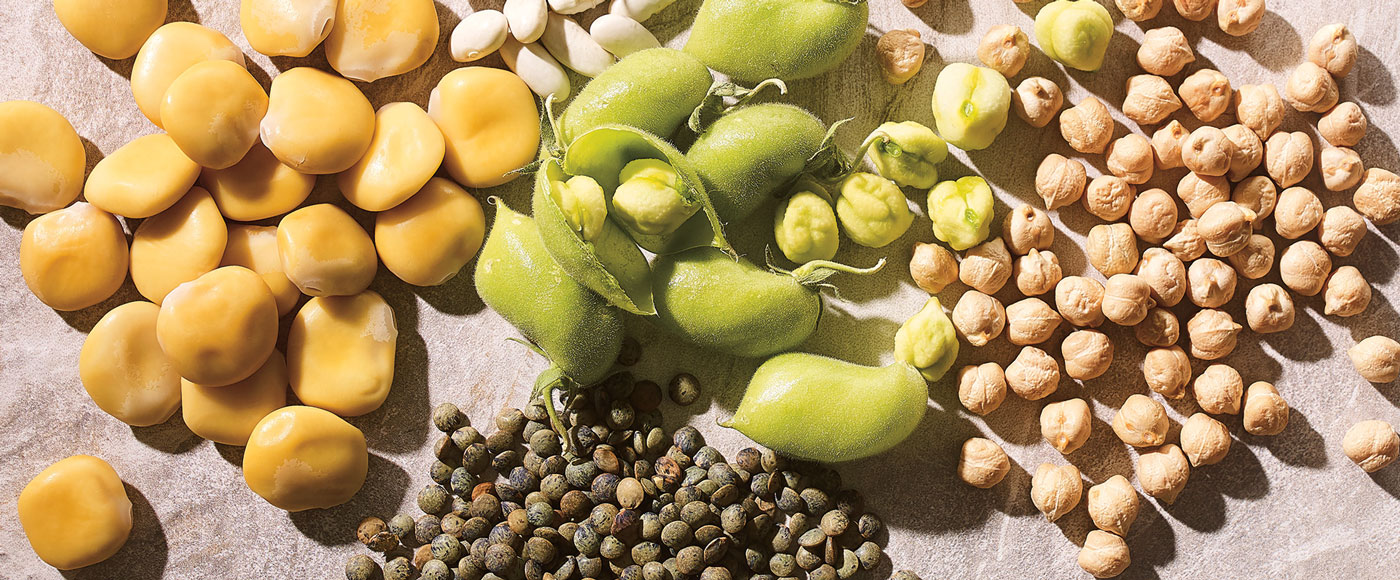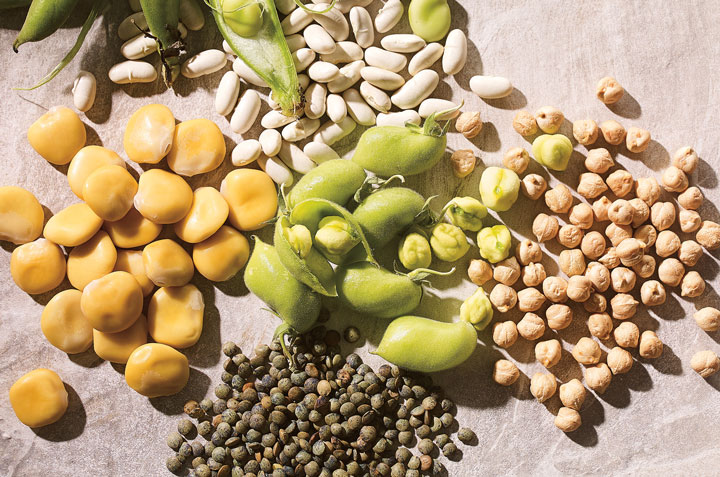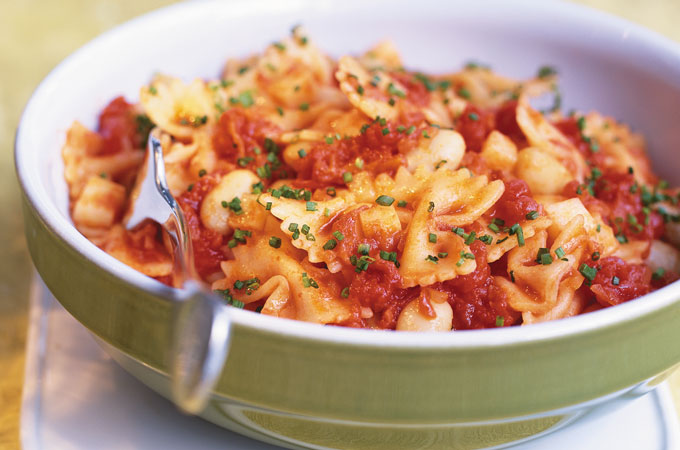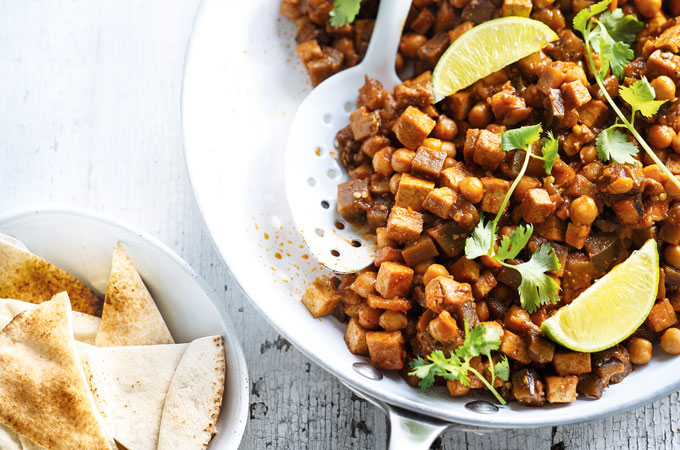1. Fava beans
Fava beans, or gourganes as they’re known in Quebec, have a fresh, sweet taste that’s similar to peas. They have a thin, pale-green outer skin that you can peel and remove before eating.
a) In season: Fresh fava beans, in their pea-coloured pods, are available at the beginning and end of summer.
b) Out of season: You can find them frozen in the freezer section of your local grocery store.
c) Tip: Once they’re shelled, simply boil them for a few minutes, as in this recipe for fava bean and ricotta toasts. Plunge them in ice water to stop the cooking, then peel if desired.

HORS D'OEUVRES
Fava Bean and Ricotta Toasts
2. White beans
Tender, versatile and neutral-tasting, white beans are perfect for making purées and soups.
a) In season: During late summer and early fall, keep your eyes peeled for the fresh variety at farmers’ markets.
b) Out of season: Dried white beans are easy to use: Soak them overnight, then boil for 45 minutes to 1.5 hours. If you’re short on time, the canned variety will do the trick (rinse to remove excess salt).
c) Tip: Freeze fresh beans raw to cook with later, as showcased in this pasta recipe.
3. Chickpeas
Chickpeas are used in several different ways, especially by fans of vegetarian cooking, but you don’t have to be vegetarian to understand their many benefits. Enjoy them in an eggplant, tofu and chickpea curry.
a) In season: Fresh, young chickpeas are green before they turn yellow (which indicates that they are ready to be dried). In spring, they can be found in specialty markets. Eat them raw, steamed or fried.
b) Out of season: If you have the time, soaking and boiling dried ones will yield the best results, but canned ones—rinsed—will also do.
c) Tip: If a recipe calls for it, you can easily find chickpea flour at health food stores.
4. Lentils
Lentils are able to absorb the liquids that surround them, and can bring out the flavours in your recipes. Dried lentils require no soaking and are always nutritious in a lentil and kale soup made in a pressure cooker.
a) In season: Fresh lentils are fairly rare in Canada
b) Out of season: Dried varieties cook quickly, with no soaking required. Canned lentils work just as well when time is scarce.
c) Tip: Because they absorb flavours well, it helps to cook lentils in a mirepoix to infuse them with added taste.

SOUPS AND BROTHS
Pressure Cooker Lentil and Kale Soup
5. Lupini
With their slightly nutty taste and soft texture, lupini beans are an interesting choice of legume for happy-hour appetizers. Eat them plain, or mixed with salt, lemon, herbs (dried oregano) or spices (crushed chili pepper). Suck out the seed inside (the skin is edible, but a bit tough).
a) In season: It is very rare to find fresh lupini beans in Canada.
b) Out of season: We recommend lupinis that are cooked and preserved in jars, or that come in vacuum packs. You can find them at Italian grocery stores, and sometimes even in supermarkets.
c) Tip: Unless you’re up for a three-week soaking project (that’s how long it takes!), steer clear of dried lupinis.
To learn more about this family of plants, consult our article on cooking legumes.



